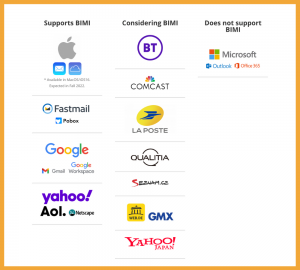Implementing a digital workplace in an organization is not something that can happen overnight. Instead, it requires developing a thorough, multi-phase strategy that can take anything from weeks to months.
A digital workplace is a virtual replacement of the physical offices, and it gives employees all the digital tools that they need to perform their everyday work duties. A successful digital workplace strategy is able to align the right people and the right technology with the organization’s future goals.
Most digital workplaces focus on communication and messaging as the core function. However, this makes work more chaotic and pulls the attention away from the actual things that need to get done. If you want your digital workplace to actually help you get work done and not just talk about it more, here are four of the modules you need to have.
Process management
Process management allows an organization to create, edit, and analyze predictable processes that make up for the very core of the business. Implementing process management in the right way can help analyze the current state of the organization and identify areas of improvement.
The processes within a company are digitized and converted into workflows in order to make them more streamlined and productive. The repetitive parts of the processes that follow a predictable pattern can be automated so that the employees have more time to focus on more critical parts of every business process.
Here are some of the primary benefits of process management:
- Gain control over unwieldy and chaotic processes
- Create, analyze, and improve business processes
- Automate repetitive processes that do not require human involvement
- Optimize complex processes
- Closely track individual items as they move in a workflow
- Ensure complete transparency and compliance
- Increase the overall productivity and efficiency of the employees?
Case management
Case management offers a dynamic structure to execute non-routine and unpredictable business processes that require complex decision making and coordination of multiple tasks. In other words, case management is the method of processing information through a combination of human thinking and digitized workflows.
A case can be different things depending on the products or services that the company provides. It can be a service request that needs to be met, an issue that has to be resolved, or an investigation that should be conducted. It can also include approval cases, editorial cases, and support.
Even if the activities occur in an unpredictable order, a case management system can sort it and run it through the required channels.
Some of the many benefits of case management include:
- Handling cases from multiple users through a single interface
- Enabling effective collaboration among employees
- Facilitating easy organizing and sharing of data
- Expediting issues within the organization and resolving them on time
Project management
Project management is defined as the discipline of using established procedures, policies, and principles to successfully take a project from its conception to completion. It commonly involves overseeing teams from different departments in an organization to make sure they are able to work together to achieve the required project goals.
A seamless project management software can help make communication easier between teams and introduce transparency. The main goal of implementing project management is to make the entire project more seamless while improving flexibility and collaboration.
While it is easy to confuse process management and project management, they are actually very different from each other. While process management is an ongoing activity with a focus on improving consistency and efficiency within the organization, project management is time-bound, and it is only focused on the efficiency of a particular project.
Collaboration
Workplace collaboration is basically a group of people sharing their ideas and skills to achieve a common goal. Collaboration can also be referred to as unstructured work which may lead to projects, cases, or processes. Working collaboratively towards goals drives productivity and also imbibes a strong sense of purpose in employees.
Collaboration is more than just communication. Instead, it is work that requires you to interface with others and bring their best ideas out.
We live in a digital age where data is scattered across multiple devices and applications. It can be incredibly difficult for employees to find the right file on time and communicate with each other if there isn’t proper storage structure in place. With the right collaboration tool, employees can easily communicate with each other and find important internal information quickly.
A successful digital workplace can transform your business
There are definitely many challenges in adopting a digital workplace solution, but the benefits far outweigh them. However, if your digital workplace is only built on communication and messaging, you won’t get the benefits you are looking for. By implementing a successful digital workplace, you are able to optimize, manage, and track all the work being performed in different departments of the organization. The end result of a digital workplace tool is better employee productivity, greater customer centricity, and higher employee retention.
Business & Finance Articles on Business 2 Community
(58)








